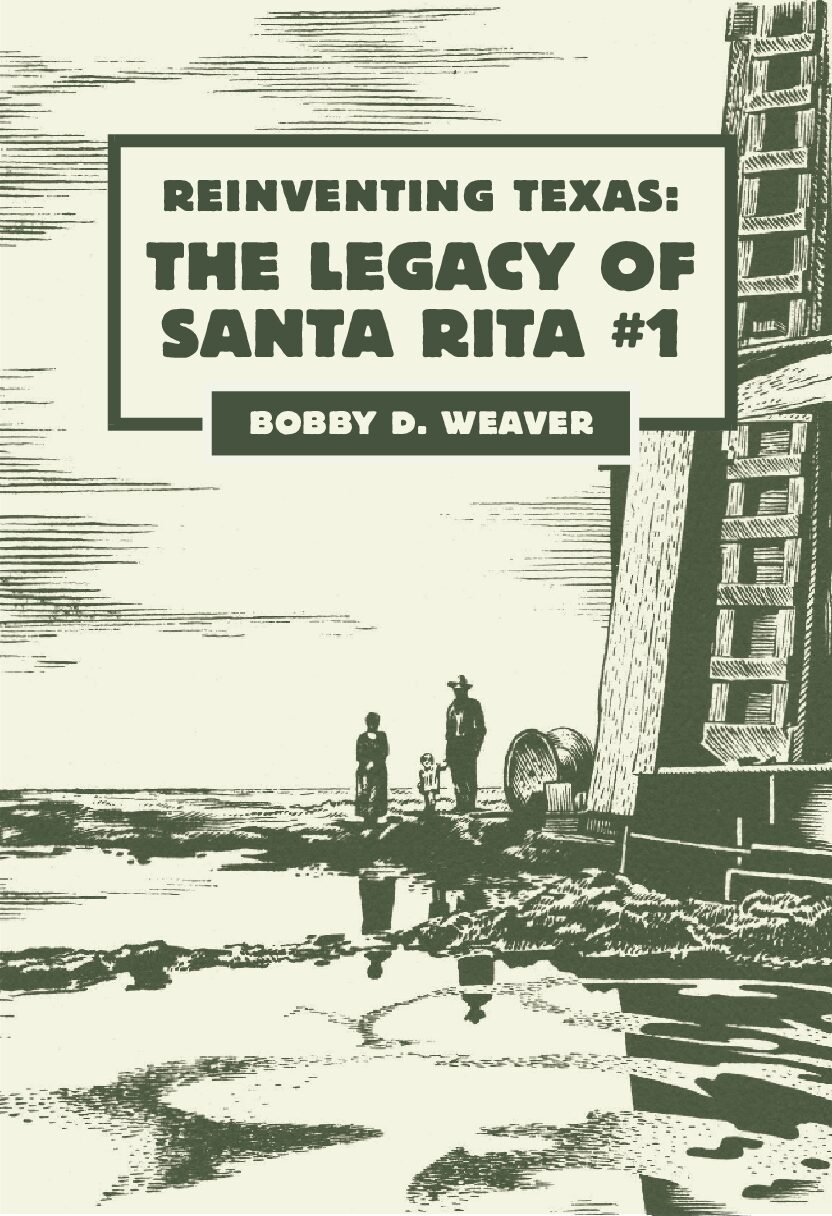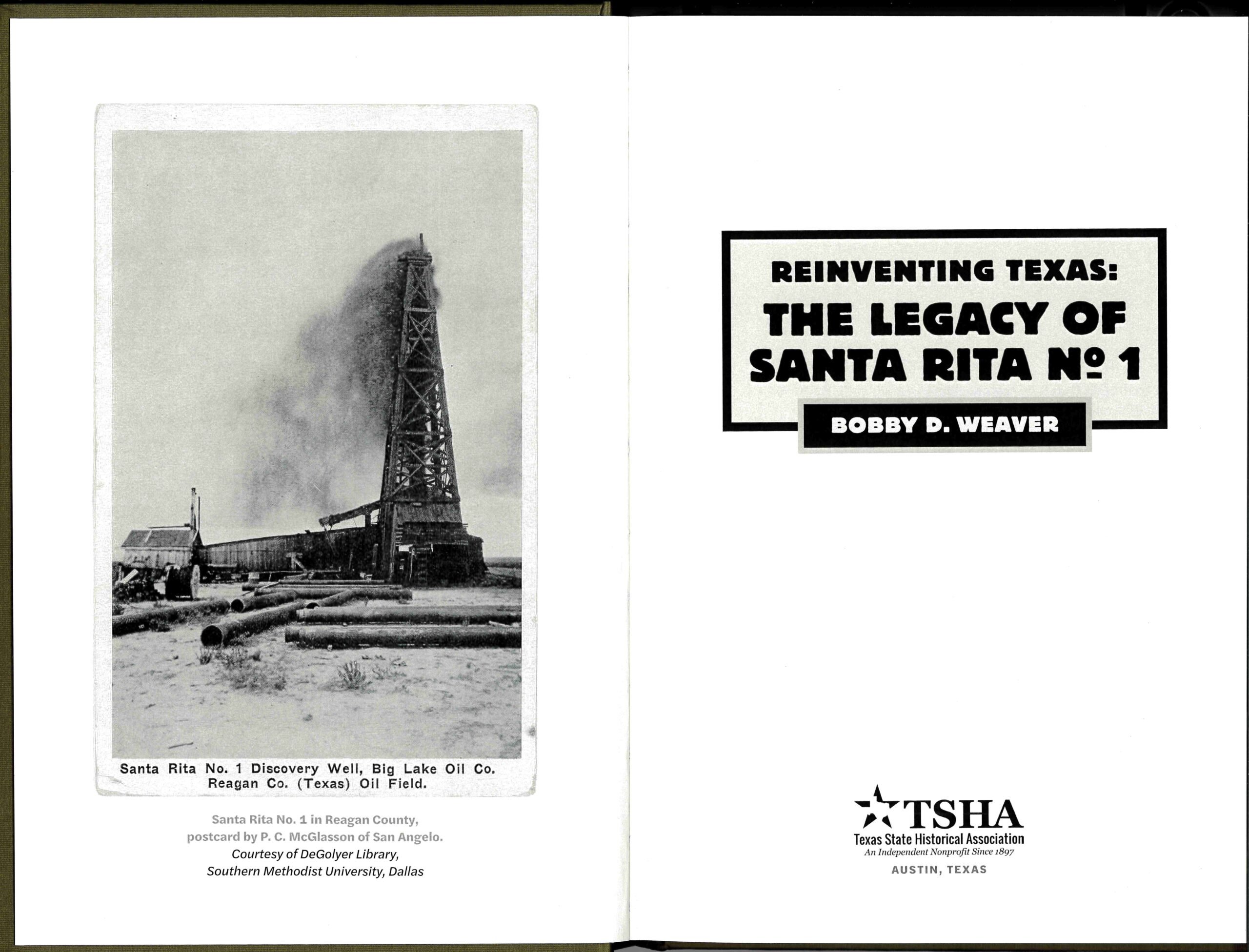How Santa Rita No. 1 Forged a Higher Education Empire in Texas
This is a charming account of a seminal event in the history of the University of Texas and its impact on both higher education in the Lone Star State and the region in which it occurred, the Permian Basin. At the beginning of the 1920s, the Permian Basin was a largely unknown place in far West Texas. Then a little oil well was drilled there, producing only about 200 barrels per day. But the well had been blessed in the name of Santa Rita, the patron saint of impossible causes. Santa Rita No. 1 became the spark for an economic conflagration that transformed the Permian Basin into the nation’s most productive oil producing region, while also reshaping its ranching population into an urban, petroleum-oriented culture and creating one of the largest endowments supporting higher education in the United States. In 2023, one hundred years after Santa Rita No. 1 began producing, its legacy is alive and well. In the Permian Basin, a dynamic oilfield culture continues to produce a significant part of the nation’s energy, while it supports higher education at the University of Texas, Texas A&M University, and the many schools associated with each through their respective systems.
BOBBY D. WEAVER, born in Coryell County, Texas, near Gatesville, graduated from high school in 1955 and attended night school at Odessa College while working in the oilfield and later a petrochemical plant. In 1969, he transferred to Texas Technological College, where he earned a B.A. in History by December 1970. Weaver then moved to Corpus Christi to work for Reynolds Metal Company but enrolled in night classes at Texas A&I University (Texas A&M University-Kingsville). He graduated with an M.A. in History in 1972, and in 1974 entered the doctoral program in History at Texas Tech University. He was a Field Representative for the Southwest Collection, then in 1979 went to work for the Panhandle-Plains Historical Museum in Canyon, where in 1984 he completed his dissertation on Castro’s Colony, which was published by Texas A&M University Press. In 1988 Weaver went to work for the National Cowboy and Western Heritage Museum in Oklahoma City as Assistant Director, whence he retired at the end of 2001. Weaver’s books include Panhandle Petroleum, Oilfield Trash, and Hotter’n Pecos, and he has also written more than 350 articles.
Learn more about the Santa Rita oil well with the Handbook of Texas!










Reviews
There are no reviews yet